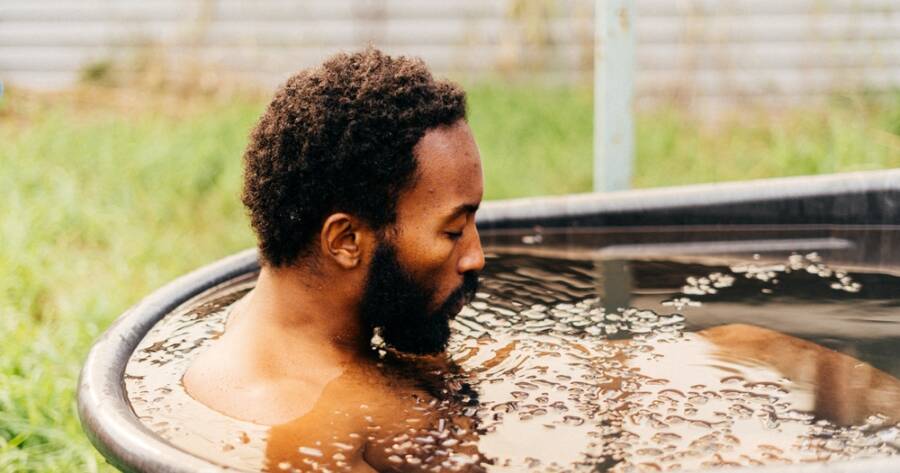Cold plunges have gained popularity for their potential health benefits, ranging from reducing muscle soreness to boosting mood and energy levels. While professional cold therapy facilities exist, it’s possible to create a safe and effective cold plunge experience right at home. With the right approach, you can enjoy the revitalizing effects without expensive equipment or complicated setups. Whether you’re looking to recover from workouts, improve circulation, or simply feel more alert, cold plunges can be a rewarding addition to your wellness routine.
Understanding the Benefits of Cold Plunges
Immersing your body in cold water triggers a range of physiological responses. The sudden drop in temperature constricts blood vessels, which can help reduce inflammation and swelling. Once you warm up afterward, blood flow increases, aiding muscle recovery. Cold plunges may also stimulate the release of endorphins, the body’s natural mood boosters, which can help reduce stress and improve mental clarity.
Some studies suggest that regular exposure to cold water may support immune function, although more research is needed to fully understand the long-term effects. Many people also find that cold plunges increase resilience by training both body and mind to adapt to challenging conditions.
Setting Up a Cold Plunge at Home
You don’t need a professional ice bath tub to start cold plunging at home. A standard bathtub, large outdoor container, or even an inflatable pool can work, depending on your space. Fill it with cold tap water, then add ice to reach your desired temperature. Beginners often start around 55–60°F (13–15°C) and work their way down as they get used to the sensation.
If you don’t have the space for full immersion, a cold shower can offer some of the same benefits. Alternating between warm and cold water during your shower—known as contrast therapy—can also improve circulation and help you adjust to lower temperatures over time.
How to Cold Plunge Safely
Safety is essential when practicing cold plunges. Start with short sessions of one to three minutes, especially if you’re new to cold water immersion. Over time, you can gradually increase your exposure up to five minutes, but prolonged immersion is not necessary for most benefits.
Always listen to your body—shivering is normal, but if you feel dizzy, numb, or disoriented, get out immediately and warm up. People with heart conditions or other medical concerns should consult a healthcare professional before beginning cold plunge sessions, as the sudden temperature change can place stress on the cardiovascular system.
Making It Part of Your Routine
To get the most from cold plunges, consistency matters. Many people incorporate them into their morning routine to start the day feeling alert and energized. Athletes often use them after intense workouts to speed recovery. If you prefer evenings, cold plunges can also be a refreshing way to reduce stress after a long day.
Pairing your cold plunge with deep breathing techniques can help you relax and manage the initial shock of the cold. Over time, this combination can make the experience more enjoyable and even meditative.
Enhancing the Experience
Small adjustments can make your home cold plunge more comfortable and effective. Wearing a beanie or keeping your hands out of the water can help retain warmth while still allowing your core and muscles to benefit from the cold. Using a waterproof thermometer can help you track the temperature and adjust it to your preference.
Some people enjoy playing calming music, practicing mindfulness, or focusing on controlled breathing to stay present during the plunge. These additions can turn a short cold water session into a rejuvenating self-care ritual.
Bringing the Cold Plunge Home
Cold plunges don’t have to be limited to spas or gyms—you can safely enjoy their refreshing and restorative benefits in your own home with a little preparation. By starting slowly, listening to your body, and making the experience part of your regular wellness routine, you can boost recovery, improve circulation, and support mental resilience.
With practice, the cold becomes less of a shock and more of a welcome challenge—one that leaves you feeling revived, focused, and ready to take on the day.

